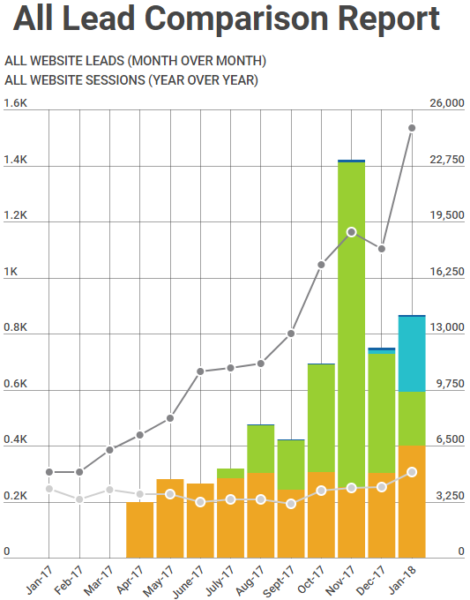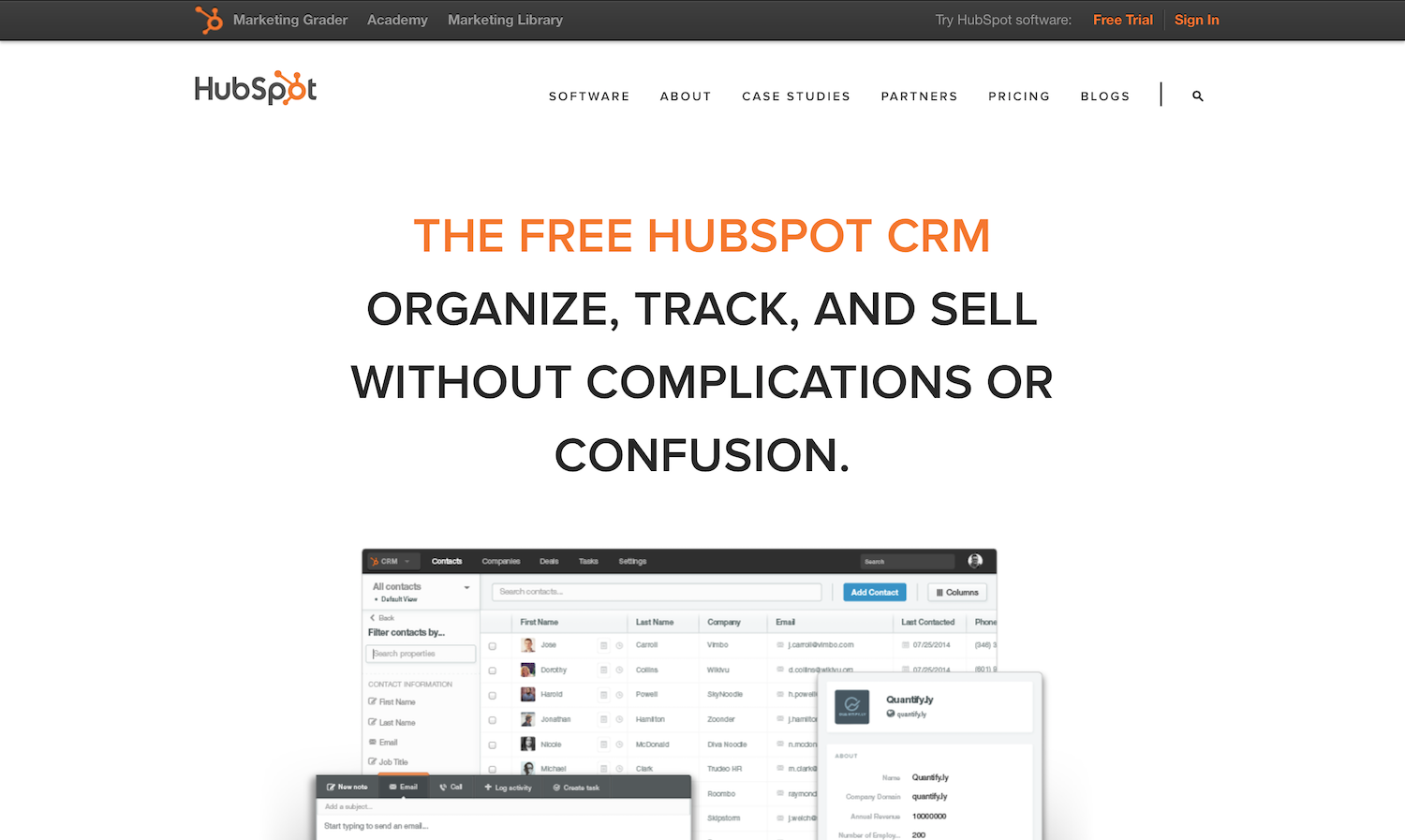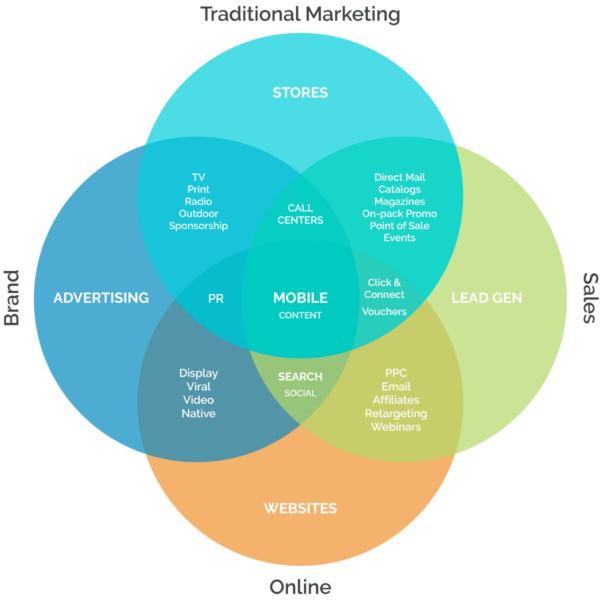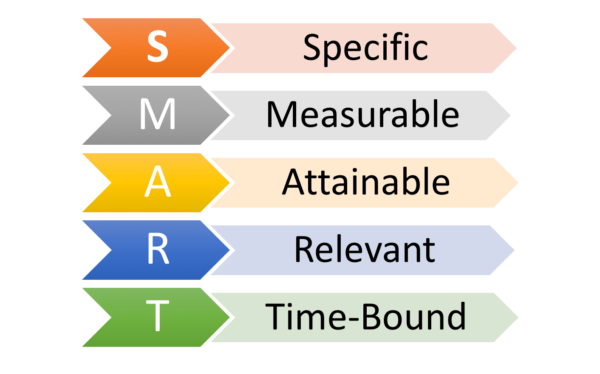If you are like most business owners, you probably have focused a lot of your social media advertising efforts on Facebook. With over six million advertisers, the competition is pretty steep!
The good news is that there is another social media advertising option you can test for your business: Pinterest! Pinterest only has approximately 1.5 million companies connecting with users each month and offer a great opportunity to get your business in front of more users and new prospects for your brand.
This guide will show you everything you need to know about running a successful Pinterest ad campaign.
Why Should You Use Pinterest Ads?
While many people see Pinterest as just another social media platform, it is more like a search engine. With traditional social media platforms, users connect with each other and share content with friends and family. Pinterest is a platform where users search for inspiration and new products or ideas. They are able to create boards to save the content that they are interested in.
Pinterest ads appear as promoted pins that are sponsored by a company. This makes it easier for users to find and purchase the items they dream of having. Promoted Pins list the brand sponsoring the product and contain links to a sales page to make purchasing easy.
The concept of Pinterest began as a way to replace scrapbooks and corkboards used by many for inspiration with digital boards that could be added to or edited easily. Pinterest began as a simple idea that has grown into the third most popular social media platform in the U.S. Users are able to create wish lists and dream boards and companies are able to easily showcase their products and simplify the buying process.
Getting Started with Pinterest Ads
The first step to advertising on Pinterest is to create a business account. If you currently have a personal account that you wish to convert you can visit the business conversion site and follow the steps to convert your personal account into a business account. This includes creating a business profile with your company logo, business type, and a description of who you are and what your company does.
Creating a new account for your business is just as easy. Simply visit Pinterest homepage and click the link that says create a business account.
Enter the email address you wish to use for the account, create a password and enter your business name and type. Once you have entered the information click create account and you are ready to create your business profile and agree to the terms of service.
Once you have created a business account on Pinterest, it is time to create your very first board. This will make it easier for users to find your content. You will want to create business board that you can add relevant pins to. These pins can include blogs, special offers, new products, and so much more. As a business account you can create images and add summaries to each pin to grab a user’s attention.
Creating Pinterest Ads
Once you have created your business account and your first board, you are ready to enter the world of Pinterest ads. The advertising structure of Pinterest is very similar to that of Facebook and Instagram. You can create ad campaigns, ad groups, set the amount you wish to spend each day/week/month, and track the results of your advertising efforts.
There are three levels in the structure of Pinterest ads. The first level is the campaign. This is where you will set the objective of your campaign and the maximum amount you want to spend on a particular campaign. The second level is the ad group where you can decide on your budget, target audience, where to display your ads, and how long you want your ads to run. Depending on the objective for your ad campaign and your business type, you may have multiple ad groups within a campaign. The final level is the promoted pins that are the result of the process.
You will create your ads in the Ads Manager Dashboard. Once on the Dashboard, you will click create ad and begin the process. Pinterest makes creating ad campaigns simple by using a step by step process and giving you choices along the way. For example, there are four objectives to choose from when initially setting up your campaign. These include:
- Brand Awareness
- Traffic
- App Install
- Video Views
You will then be asked if you wish to create a new campaign or update an existing one. The next step in the process is to determine your budget limit and decide if your ad campaign is ready for an immediate live launch. If you are not fully ready to go live, there is an option to pause the campaign until you are ready to go live.
You will then select the ad group for your campaign and select a name for each group so that you can keep all of your campaigns organized.
Once you have selected your ad group, the most important part of a successful ad campaign is to select your target audience. This step is where you can very specific about who you want to see your advertisements.
If this is your first Pinterest ad, you will be asked to create an audience by choosing from four options. This audience can be based on people who have been to your site before, a set list of customers that you can upload, audience that has engaged with pins in your domain, or an audience similar to one you already have.
Once you have created an audience, it is time to target your ads to certain groups of people. You can choose a specific gender, age, language, what device they are using, their location, etc. By targeting your ad at specific people who are more likely to show interest in your product or service, you are avoiding wasted money on advertising efforts that don’t garner more business so be as picky as you like.
Advanced Options
Pinterest has a number of advanced options when creating ads on their platform. You can choose how and where your ads are displayed. You can choose whether ads are displayed as users browse their feed or similar pins, when they search for items similar to yours, or both. Choosing both allows your business ads maximum exposure to potential customers.
Another advanced option is to pick interests and keywords associated with your business. This will target ads to those who share the interests that align with your business and products. You can choose from over three thousand interest and it is recommended to choose at least 25 keywords.
Setting Your Pinterest Ad Budget
There are two options when setting your bid for ad campaigns. You can choose a daily budget or a lifetime budget. A daily budget indicated the maximum amount you want to spend each day on your ad campaign. A lifetime budget is the amount you wish to spend for the total time that your ad runs on Pinterest. The budget options you select will depend on the amount you can afford to spend on an ad campaign.
You will notice that as you change things such as your target audience and budget the estimated number of people that will be reached by your ad campaign will change as well. This is to help you get an idea of how effective an ad campaign will be based on the choices you make.
Adding Pins to Ad Groups
The final step is your ad creation is to select the pins you want to appear in the ad group. These pins will become the Promoted pins shown to your target audience. There are a few rules that must be followed in order to guarantee that your promoted pins are seen:
- You must save pins to your own profile
- Include destination URLs within each pin
- Don’t use link shorteners in the destination URL or in the description
- Follow Pinterest’s Ad Standards
- Don’t include third-party GIFs or videos
Once you have followed the step by step guide to create your ads, they will need to be reviewed. This takes no more than 24 hours so you should be sure to plan your campaign to include the review time so that you aren’t waiting on the review when you want your ad to be live.
Promoted App and Video Pins
In addition to traditional promoted pins, if your business specializes in app creation, you may choose to create a promoted app pin. These pins contain a link that allows users to download the app directly from their device’s app store. If you wish to create a promoted app pin, you will want to select “app install” as your campaign objective.
Promoted videos are short videos that users can watch to learn more about your brand and products. You can choose between a standard size which is the same size as one pin or a max width pin that is the size of two pins. These videos play automatically when at least half of the ad is visible on the user’s screen. Most users will stop scrolling to watch a video which makes it a great way for you to get exposure for new products.
Selecting Images on Pinterest
Now that we have explained how to create ads on Pinterest, lets talk about what you should use for ads on Pinterest. Pinterest is an extremely visual search engine, similar to Instagram. When users search an interest of keyword, the results display as images rather than text. You want to choose images that are visually appealing to users.
Here are some helpful tips for creating strong images for Pinterest ads:
- Use bright, warm colors. Reds, oranges, and browns tend to increase the number of clicks a pin gets. Don’t exceed 50% color saturation as those pins get more repins than those with a higher color saturation.
- Use images that are light. Images with medium light get more repins than those that are dark.
- Close ups are a must. Avoid white space or too much background image that can detract from the product you are trying to showcase.
- Avoid centered images. When you divide your image in thirds, you want to have a majority of the image in the top, bottom, left, or right. Never centered.
- Did you leave room for text? Don’t layer text over your image. Rather, crop and shift the image over to leave room for text above, below, or to the side of the image you wish to showcase.
Pinterest Analytics
The most important part of any successful ad campaign is being able to track its performance. Pinterest makes tracking an ad’s performance easy. Head over to the Ads Manager Dashboard (the same dashboard used to create your ad campaign) and select the analytics tab.
From here, you can see every ad campaign you have run as well as how many times your ads were seen, saved, clicked on, and liked. These analytics are displayed in graph form on the dashboard. Want more detail? Click more on the graph you wish to see more detail on. This will show you how many people viewed, clicked, or saved your ad in the past 7, 14, and 30 days. These analytics tools even allow you to track engagement over time, so you can improve or change your ads to continue to increase your engagement rates.
Pinterest Advertising Tips for B2B Companies
Create Boards Your Audience Will Love
Pinterest boards should group together content with a similar theme. You will want to carefully piece together boards with content your audience will enjoy. Once you have created your awesome boards, you will want to link all of your content to your website or a landing page. This way you are drawing users into your organization not just your pinning abilities.
Up the Visual Content
Remember, Pinterest is all about visual appeal. Its easy to talk about your company or product but, users are more interested in visual content. Using infographics, charts, advice guides, etc., your brand can increase the visual content to reach a greater audience. You will want to create stunning images by using photo editing software or take our photos at different angles rather than the traditional straight on shot.
Put a Face to Your Company
It’s easy to show off products or services you provide, and while these posts may gain attention from your audience, they don’t help users connect with your organization. To build the connection with your audience, you should add in personal items such as showcasing the people within your company or even their pets. No one can resist a cute puppy. Plus it helps people see your organization as more than just a business.
Focus on Trends
Pinterest is a great place to show trends and patterns happening within your industry as well as what you are doing to make strides within these trends. Show potential customers how you can help them stay up to date with the latest trends in the industry by creating specific boards for these topics.
Don’t Forget to Test Your Pinterest Ads
Advertising on Pinterest can be done by any business or organization regardless of size or budget. The key is to work smart and maximize the results of any ad campaign you create. This guide should help you take Pinterest by storm, if you follow the steps and tips that were given. Remember, when first starting out on your Pinterest ad campaign journey, it is important to experiment with different ideas and concepts while tracking the analytics of each ad campaign. Keep what works, fix what doesn’t and you will be doing big things in no time.
If you’re looking to advertise for your ecommerce store in Pinterest, check out our in-depth post: Everything You Need to Know About Product Pins on Pinterest
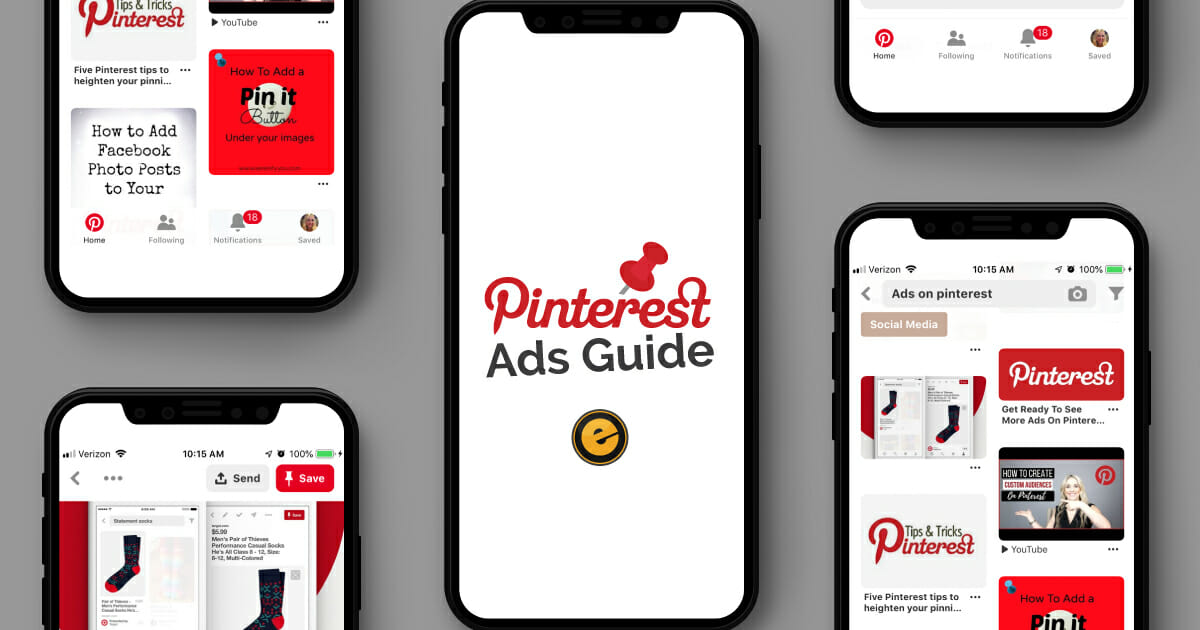
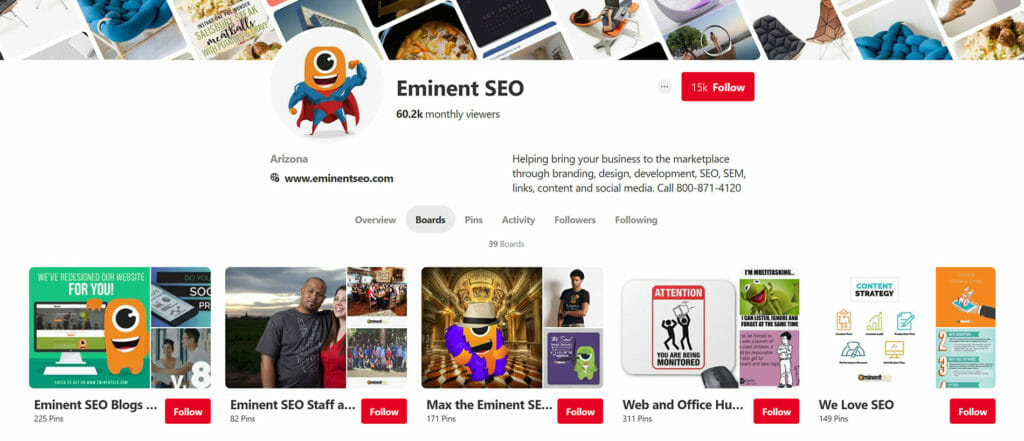
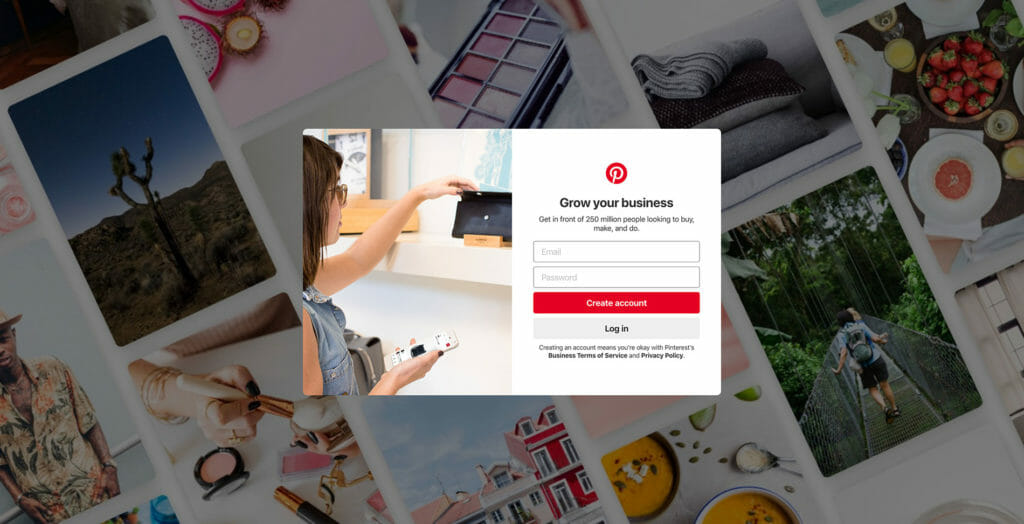
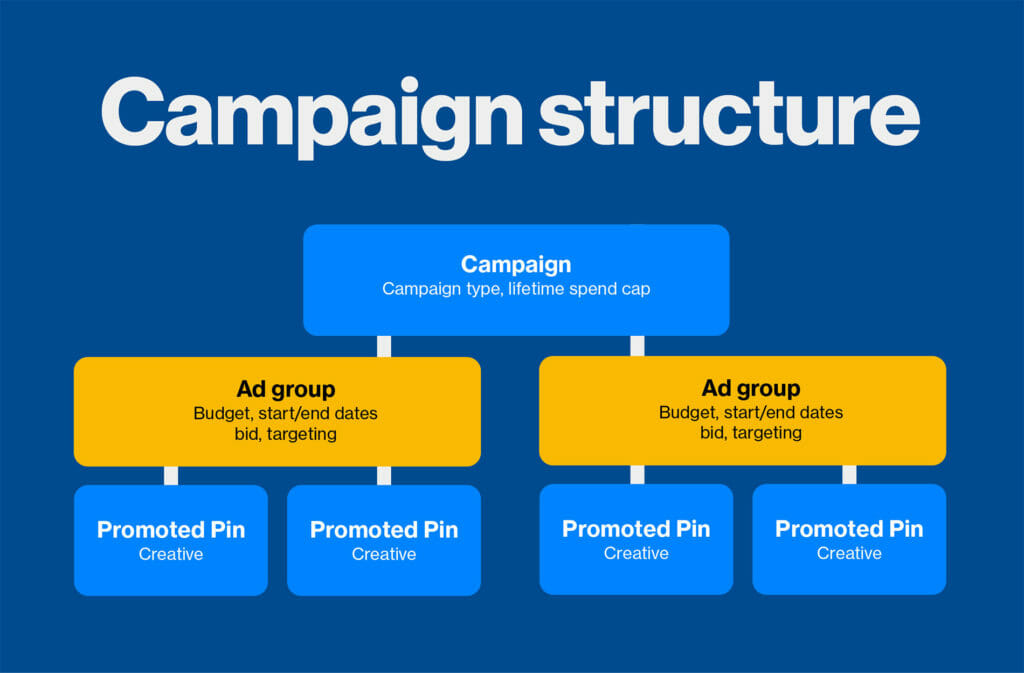
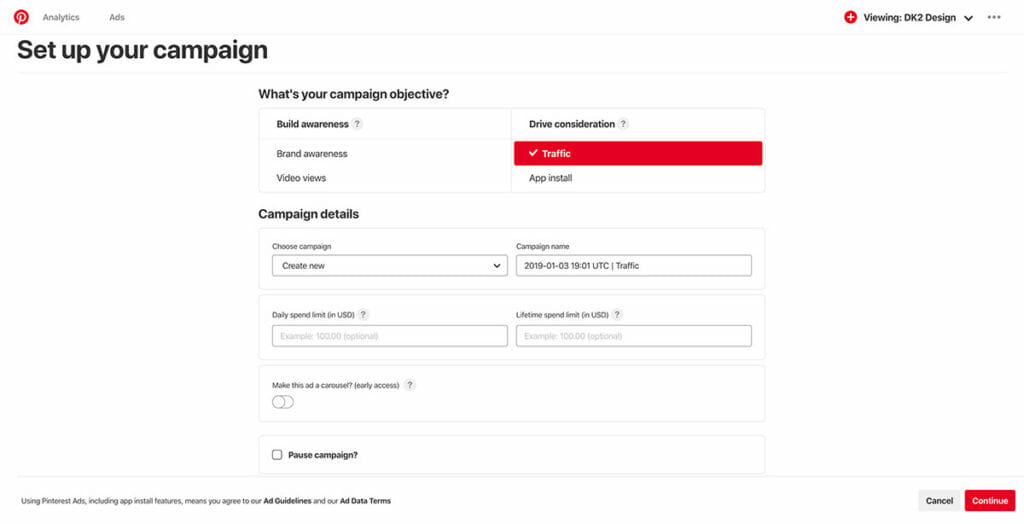
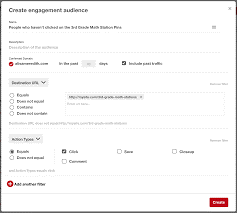

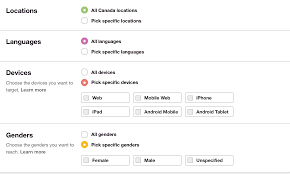

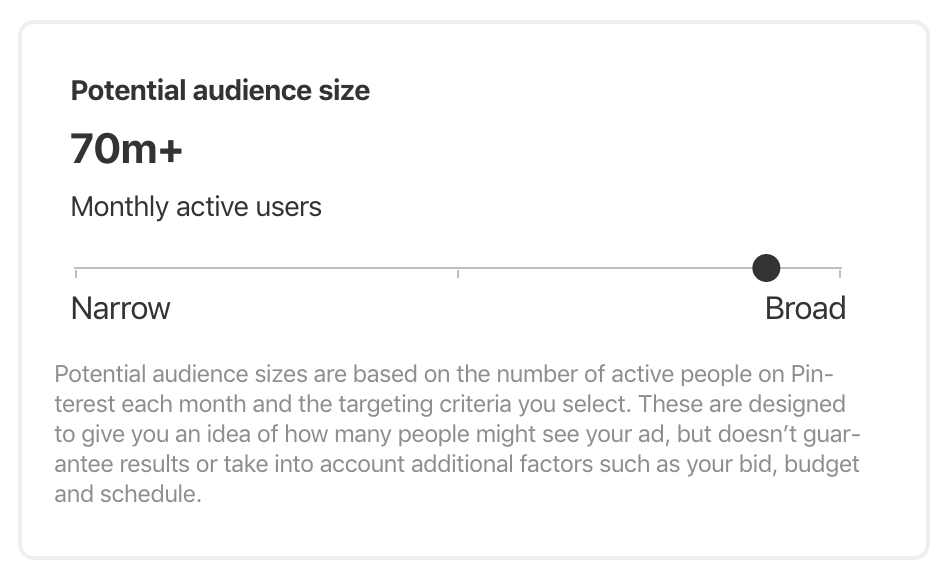



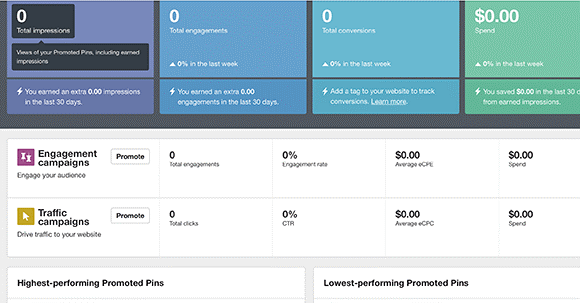
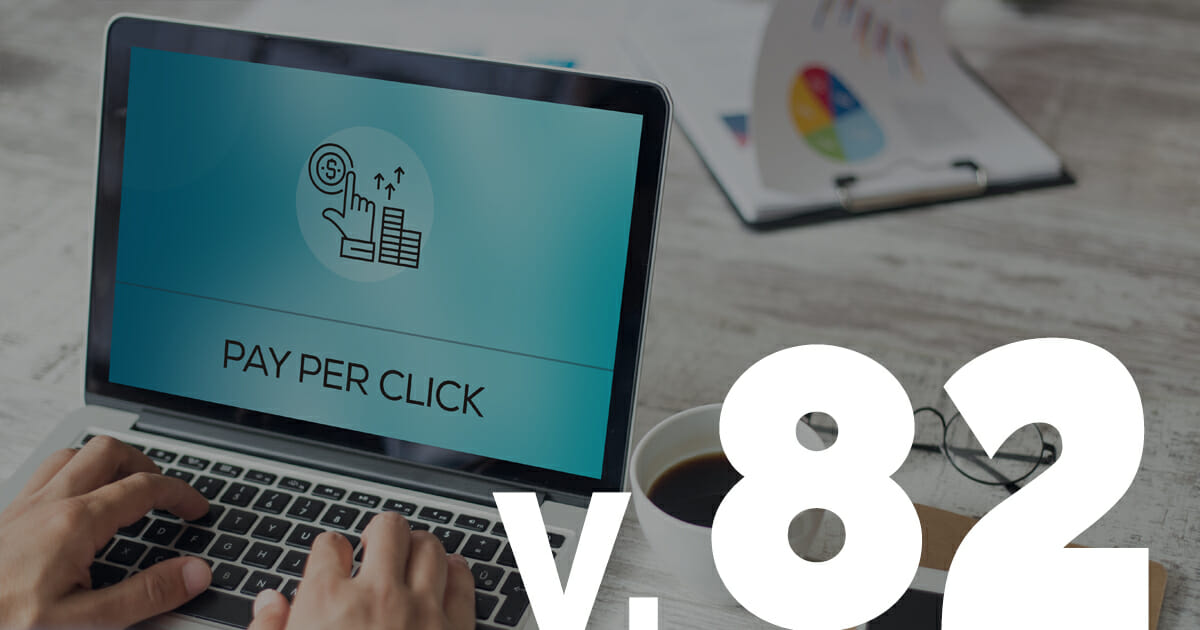

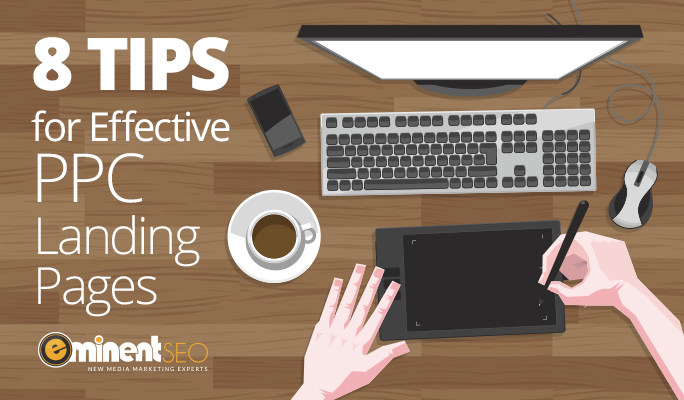
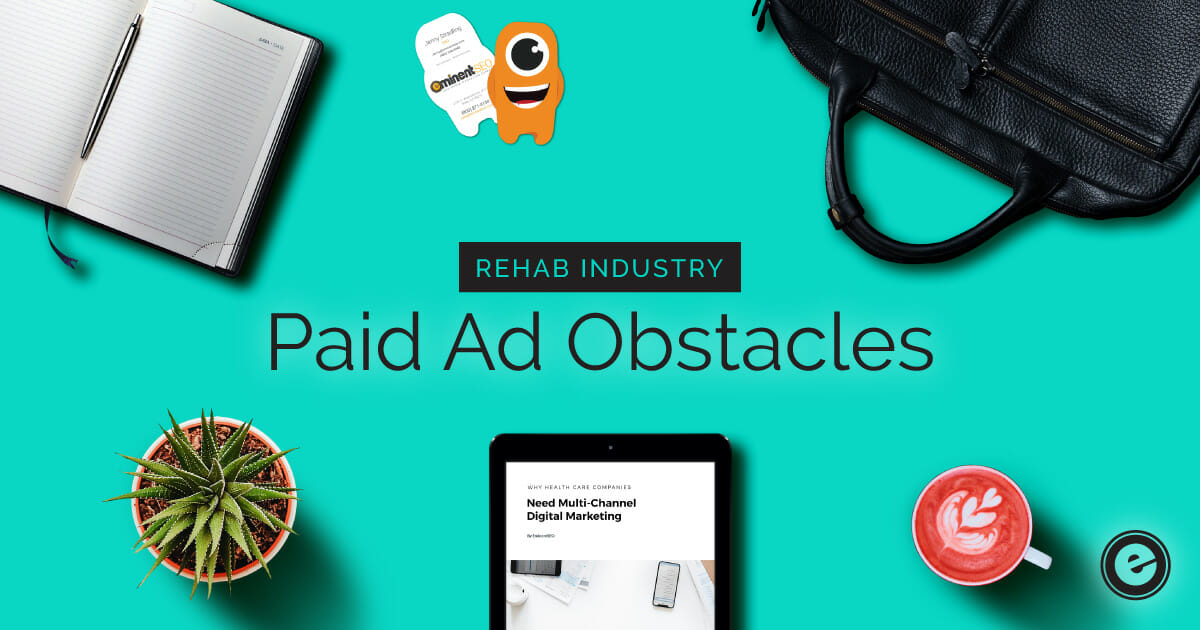


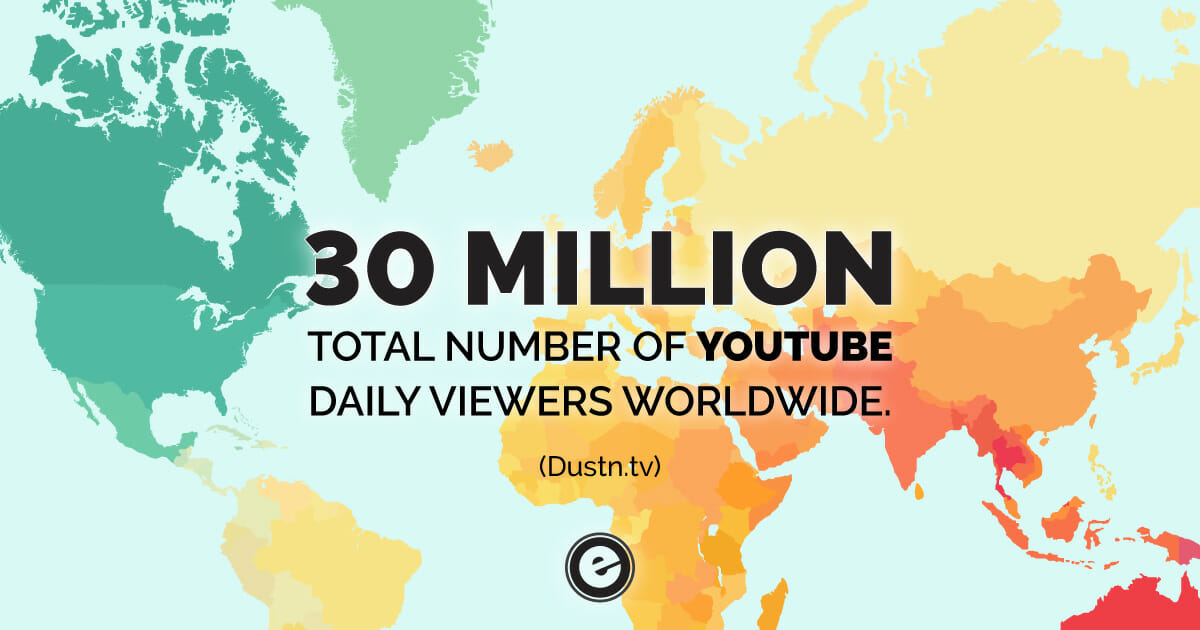
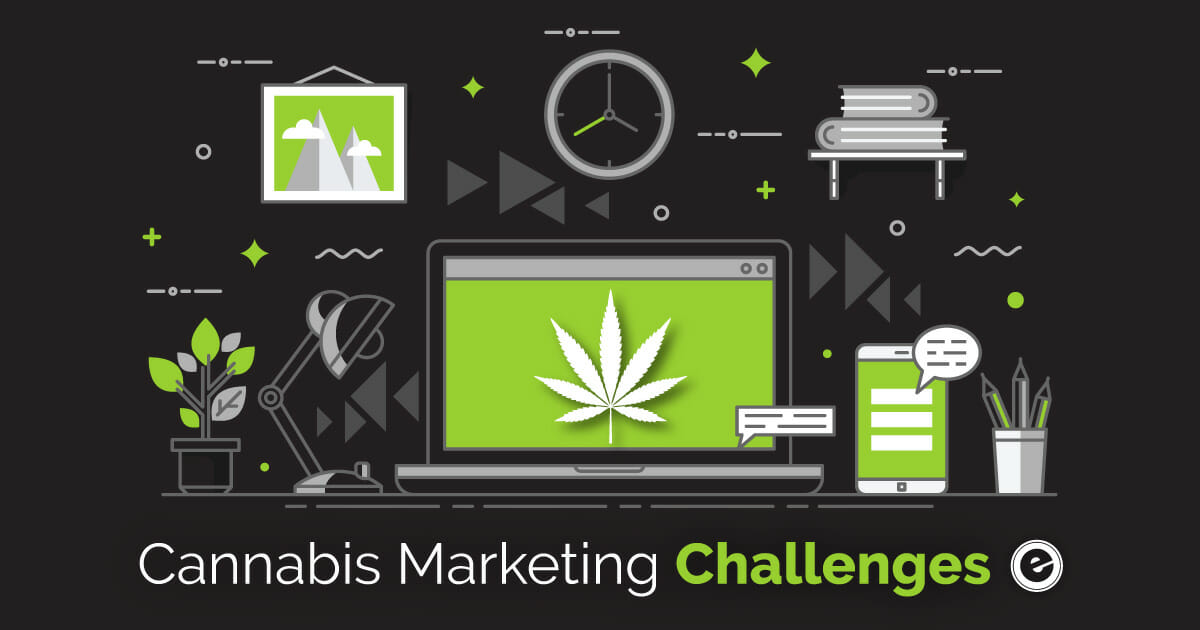
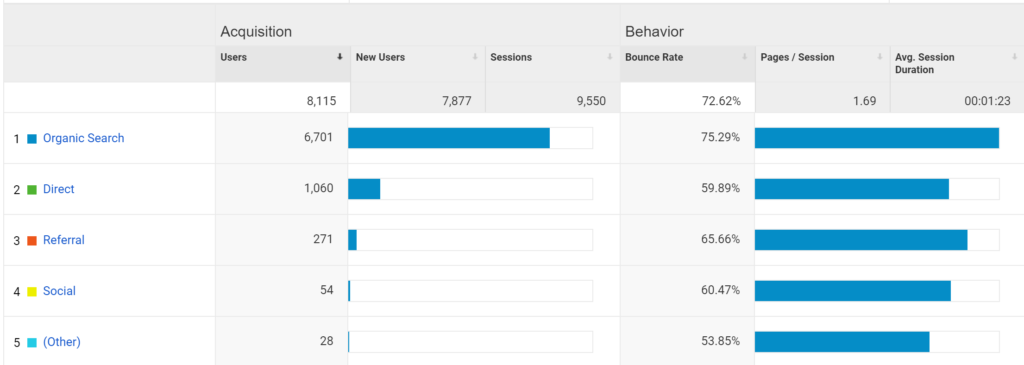
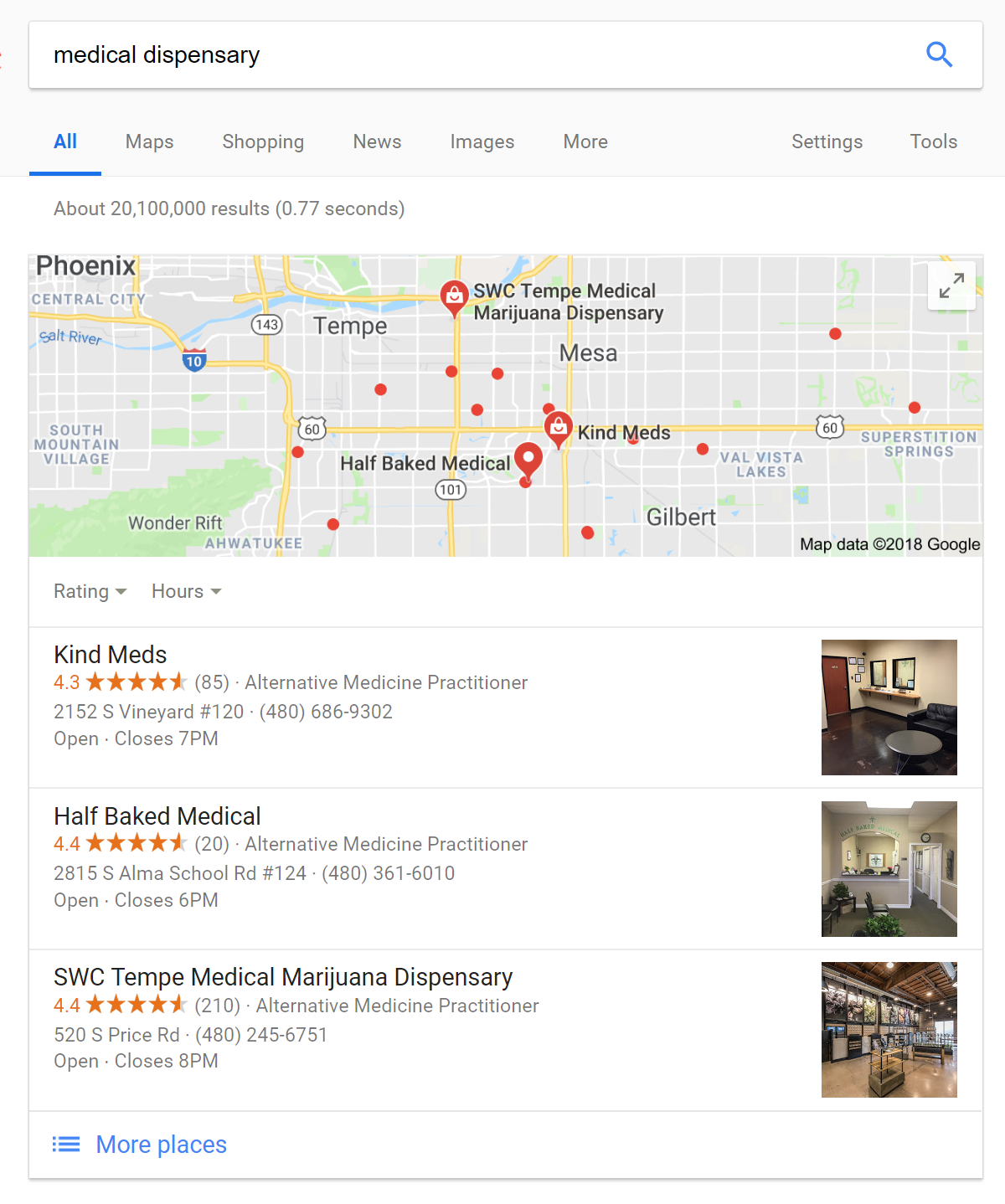

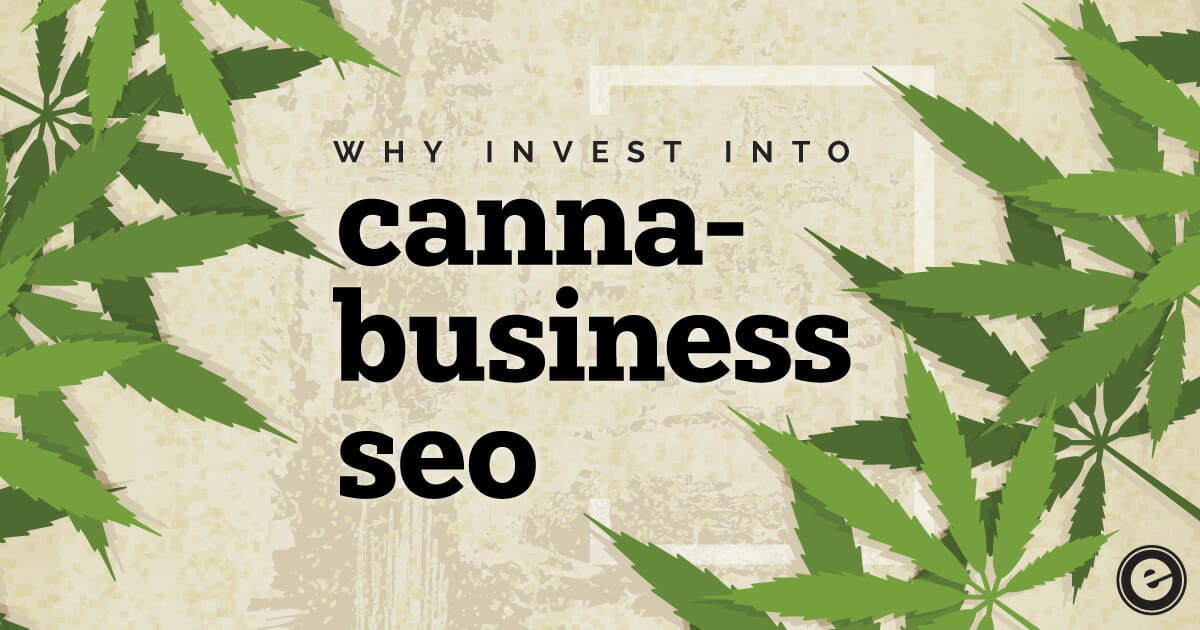
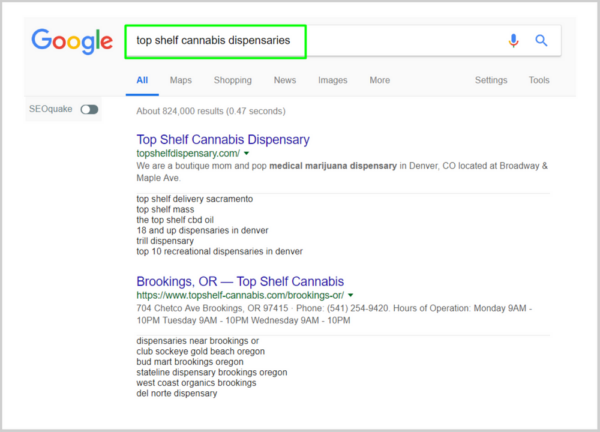 For the search query above, the first few results are organic listings. There aren’t any paid ads or local listings within the first few results, at least for now.
For the search query above, the first few results are organic listings. There aren’t any paid ads or local listings within the first few results, at least for now.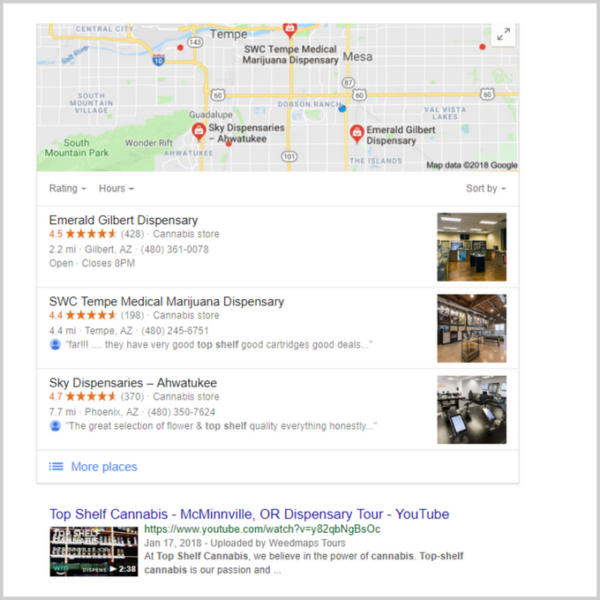 As you move further down the page for the same results, Google displays local organic listings and videos.
As you move further down the page for the same results, Google displays local organic listings and videos.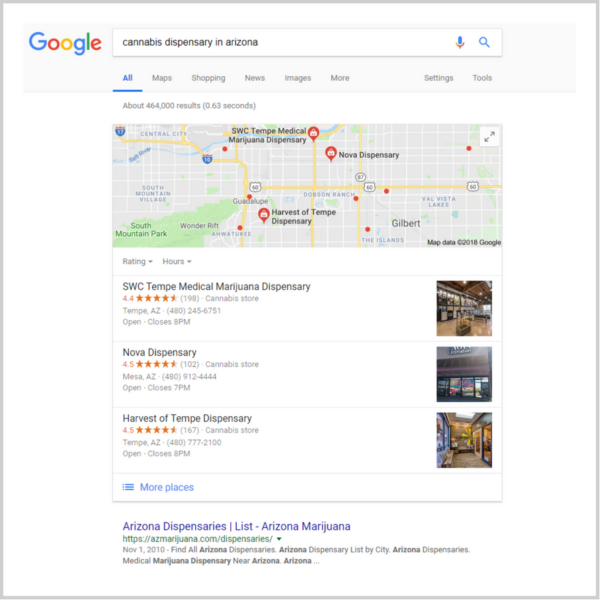 Without paid ads taking up the majority of the search results, you have the opportunity to develop a website that can rank organically and see traffic from the organic search sources such as Google Maps and Google Organic.
Without paid ads taking up the majority of the search results, you have the opportunity to develop a website that can rank organically and see traffic from the organic search sources such as Google Maps and Google Organic.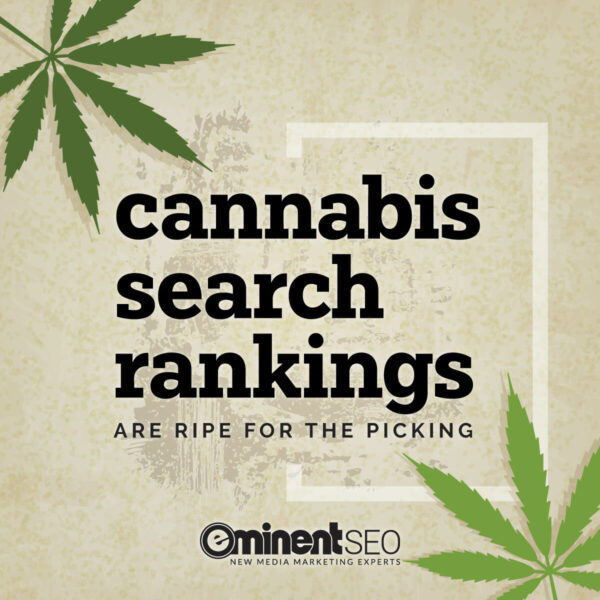 Cannabis businesses will be required to invest in their own websites because Google, Facebook, Instagram and YouTube are being very strict about their advertising policies for cannabis-related content.
Cannabis businesses will be required to invest in their own websites because Google, Facebook, Instagram and YouTube are being very strict about their advertising policies for cannabis-related content.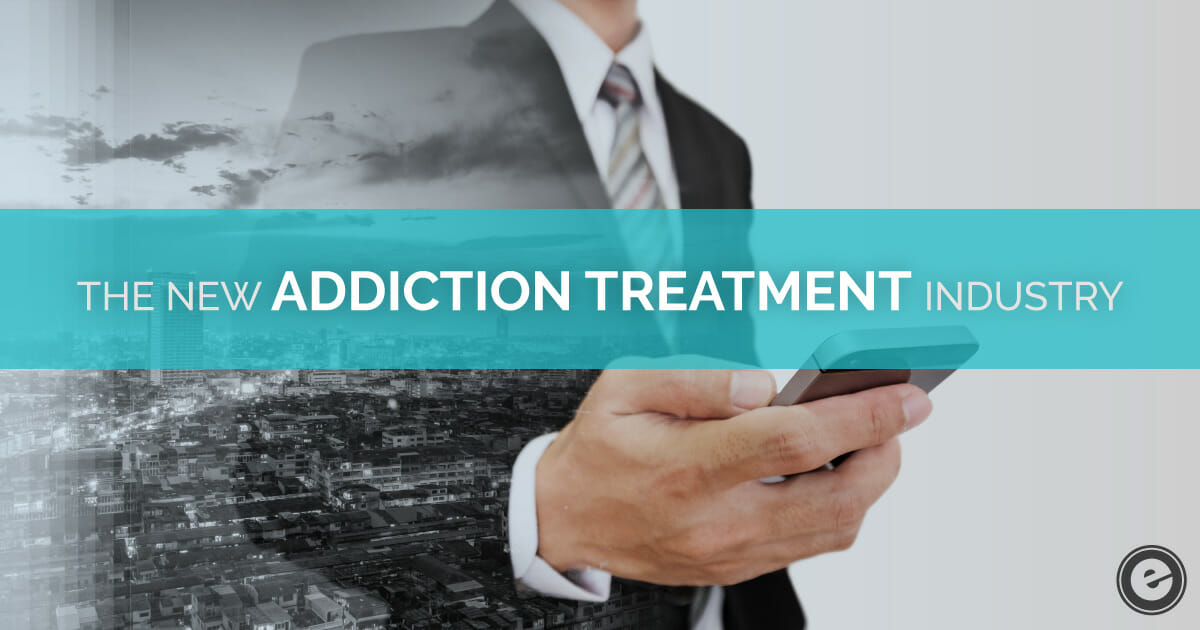
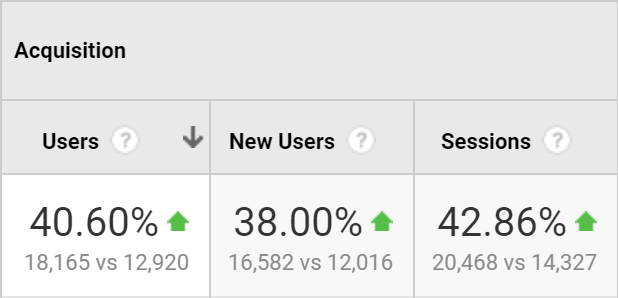 …they are still reporting a rough month for admissions and voicing concerns about how the insurance companies are not paying out like they once did.
…they are still reporting a rough month for admissions and voicing concerns about how the insurance companies are not paying out like they once did.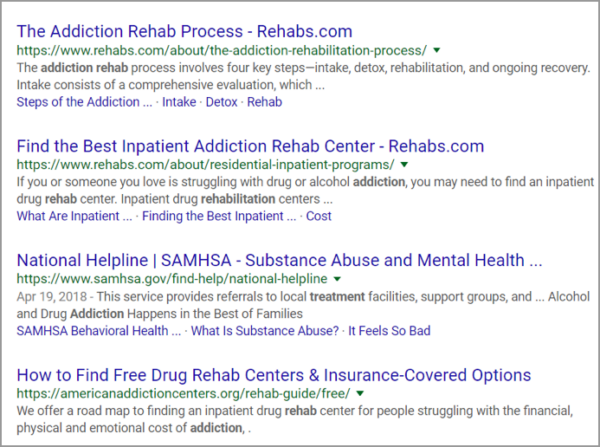
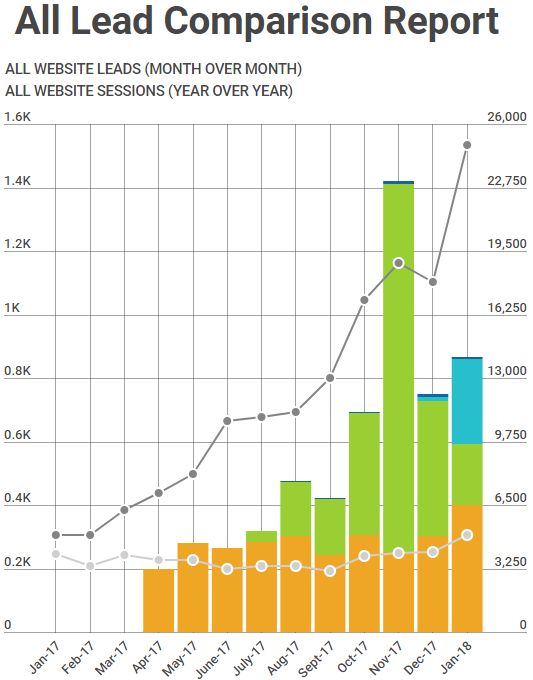
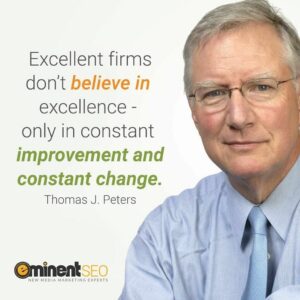
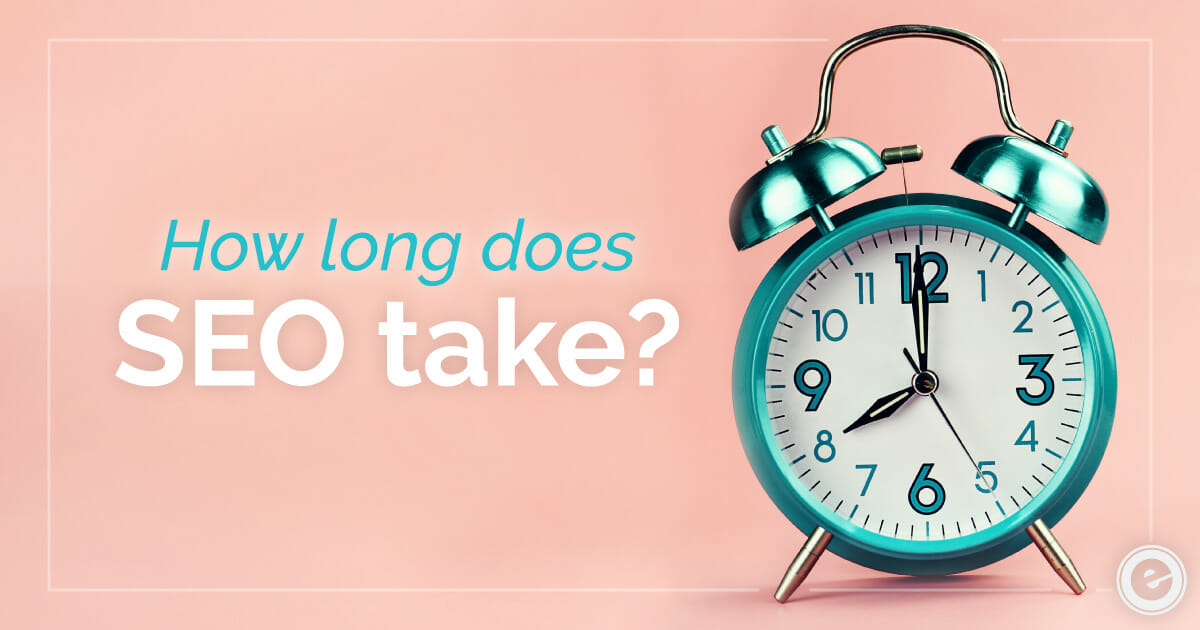
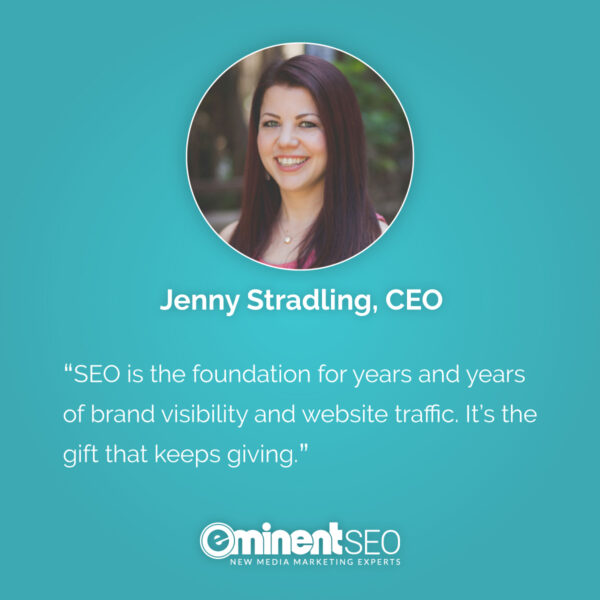 This is maybe the No. 1 question we have received over the last 13 years or so of doing SEO. And, the answer is always the same: It depends.
This is maybe the No. 1 question we have received over the last 13 years or so of doing SEO. And, the answer is always the same: It depends.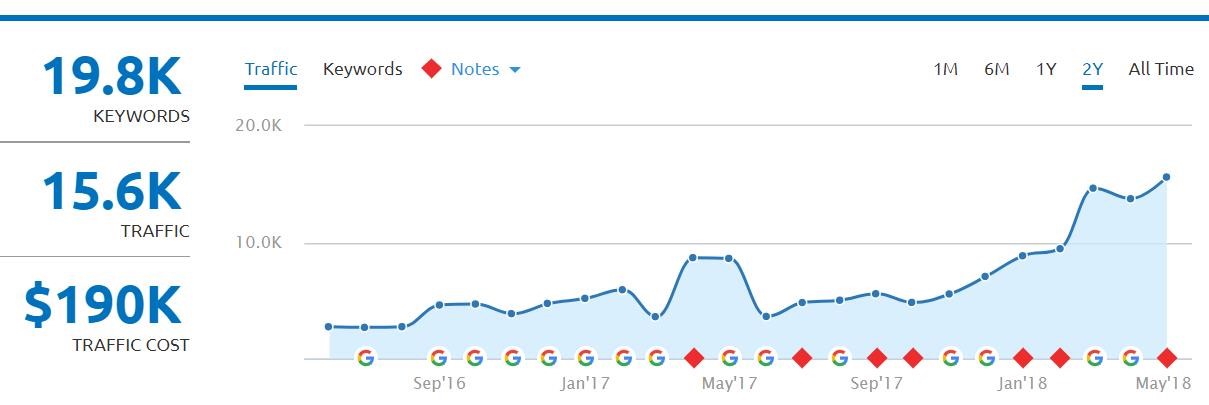


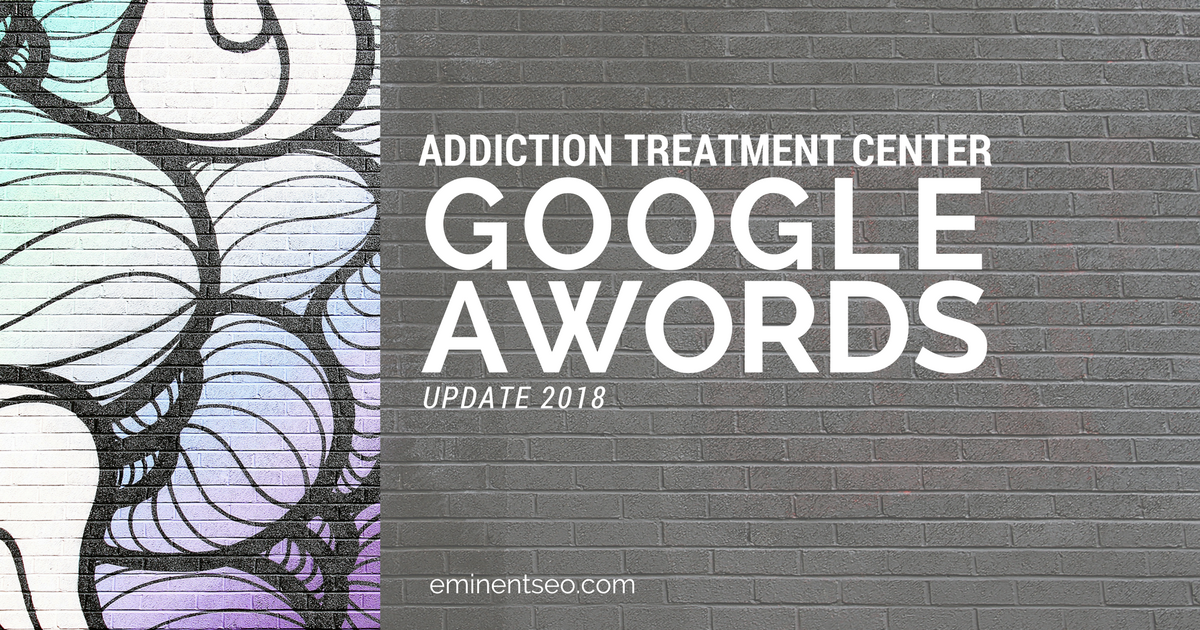
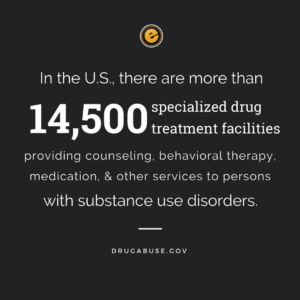 If you are a treatment facility with a valid company website, physical address, qualified staff and think can meet all of their certification qualifications, you can definitely apply!
If you are a treatment facility with a valid company website, physical address, qualified staff and think can meet all of their certification qualifications, you can definitely apply!
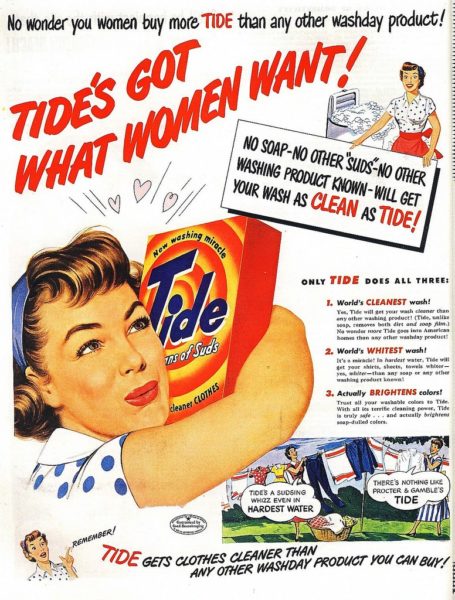 vs. 2018:
vs. 2018: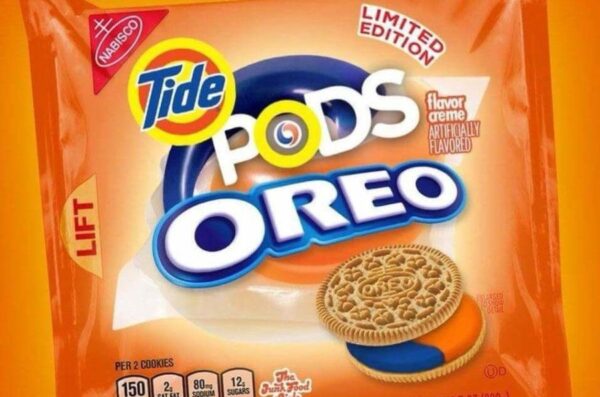
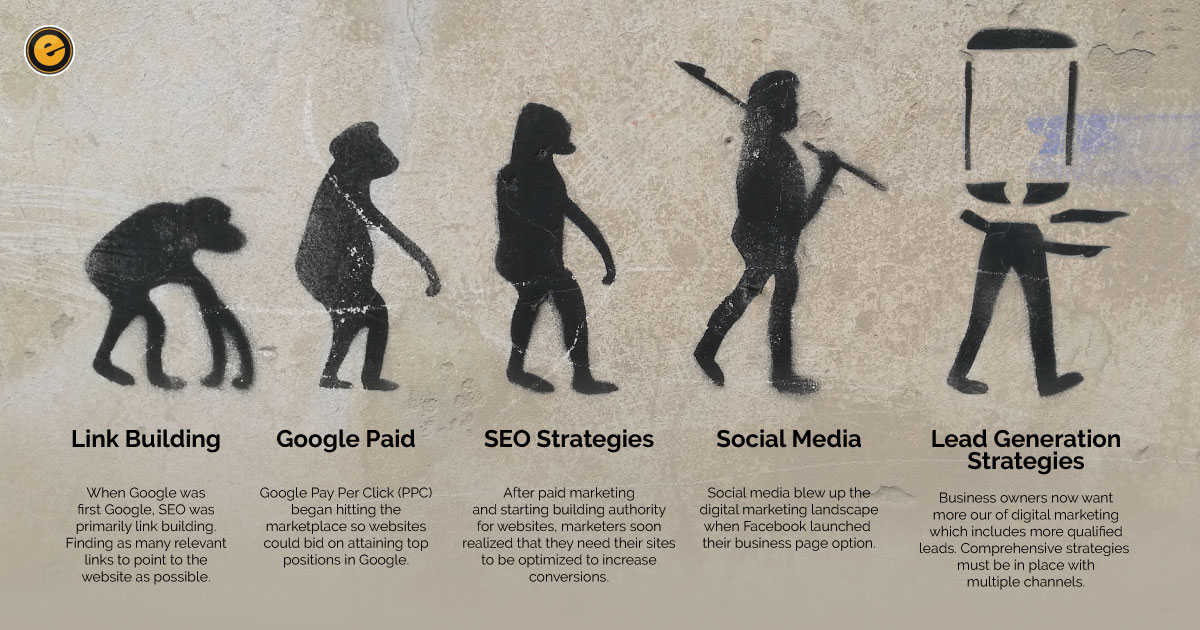 We’ve been doing search engine optimization (SEO) and digital marketing for over 12 years. Our team has been in it since Google and AOL Instant Messenger was all there was. Did I mention dial-up internet too? Yeah that used to be a thing.
We’ve been doing search engine optimization (SEO) and digital marketing for over 12 years. Our team has been in it since Google and AOL Instant Messenger was all there was. Did I mention dial-up internet too? Yeah that used to be a thing.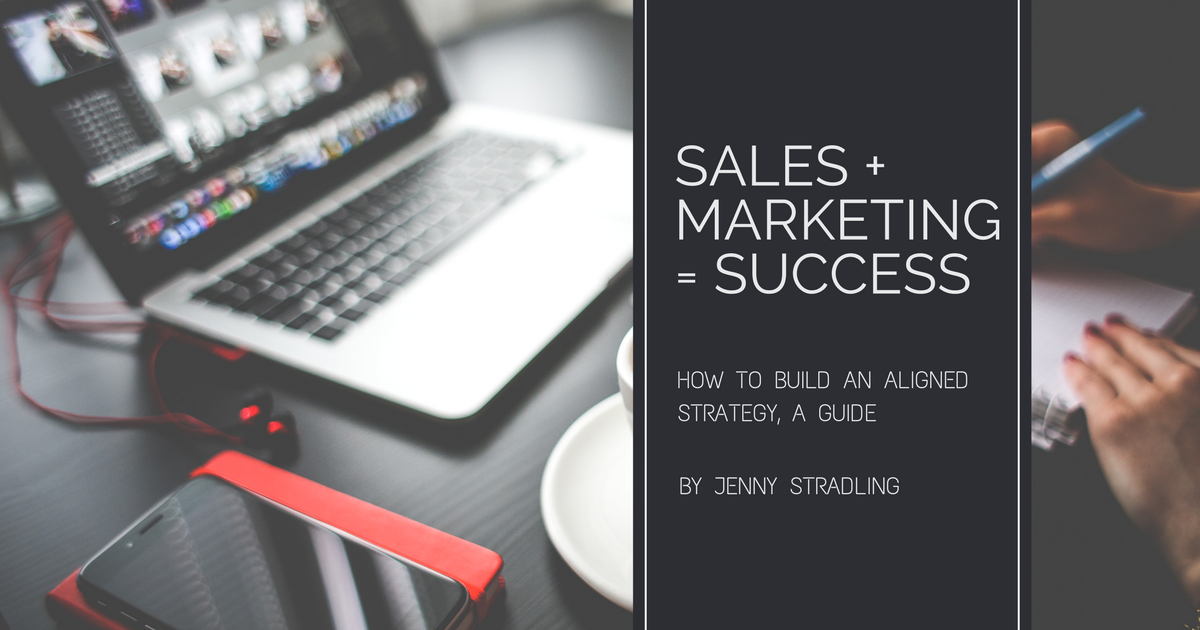
 Years of working with sales teams both internally and those responsible on the client side has taught me that the roles and responsibilities aren’t always as clear as you’d like them to be.
Years of working with sales teams both internally and those responsible on the client side has taught me that the roles and responsibilities aren’t always as clear as you’d like them to be.